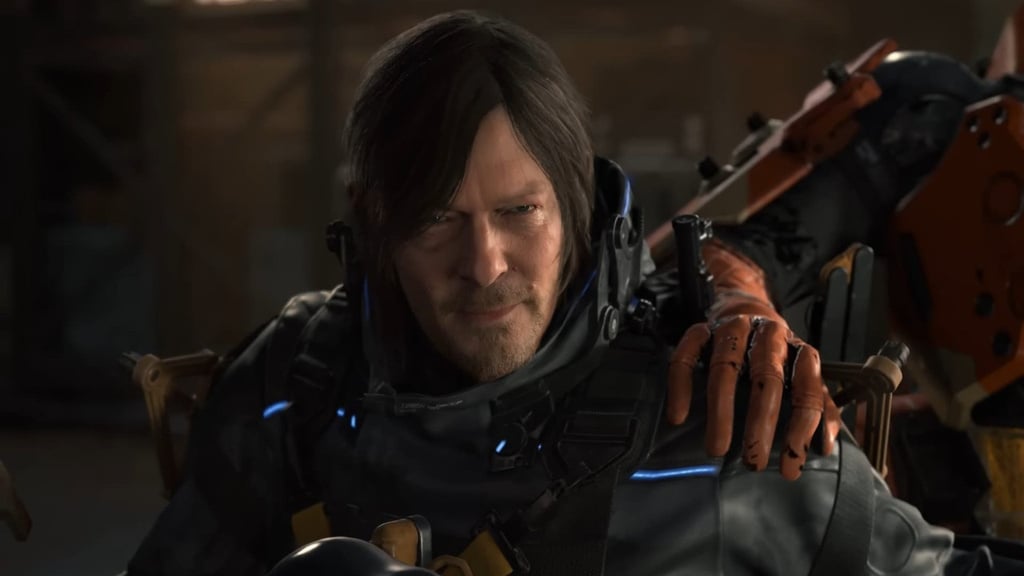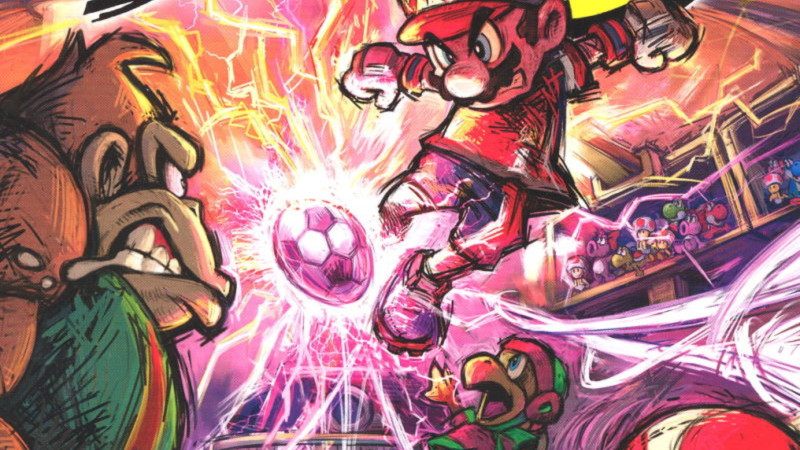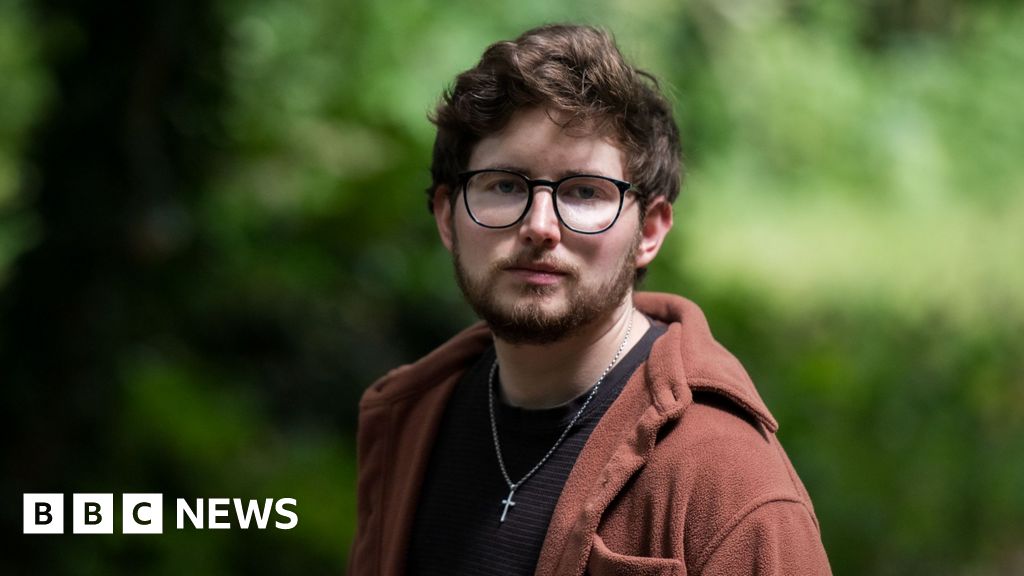Did lead poisoning create a generation of serial killers?

The writer Caroline Fraser, who won a 2018 Pulitzer for the biography “Prairie Fires: The American Dreams of Laura Ingalls Wilder,” addressed the routine derision of the genre a few months later, in an essay for The New York Review of Books. “A guilty pleasure—that’s what true crime is said to be, by everyone from avid fans to literary scholars,” she writes. Critics had long disdained the appetite for sanguinary entertainment as a symptom of decadence. Fraser cites the 1827 satirical essay “On Murder Considered as One of the Fine Arts,” by Thomas De Quincey, which “mockingly elevates the genre, positing the existence of a gentleman’s club, the ‘Society of Connoisseurs in Murder,’ whose members were aesthetes, ‘Murder-Fanciers,’ who ‘amidst some carnal considerations of tea and toast’ relished ‘masterpieces’ of the art.”What We’re Reading
Discover notable new fiction, nonfiction, and poetry.
This assessment, Fraser allows, was historically warranted. Salacious treatments of rape and homicide often specialized “in the debasement of female sex objects: temptresses, sex kittens, jail bait, and lost women.” The twentieth century saw a flourishing trade in pulpy detective magazines, with lurid covers “reflecting a noir underworld in which women are whores and villains, wielding guns and knives, or hapless victims of their own lust, barely clad, menaced by men in the frame or just outside it: eyes wide, bosoms heaving, arms (or legs or necks) tied, red lips open, mouths screaming.” The unsubtle indication was that these women probably got what they deserved. Even the more exalted contributions to the canon—“In Cold Blood,” with its fictive embroideries—did the genre no favors. At stake was more than just representation. Fraser describes a perverse feedback loop between true crime and degeneracy in the real world; grisly depictions of evil acts were received as both prurient diversion and helpful instructions for homicidal aspirants.
Since then, Fraser argues, we have seen a revisionist turn in the murder-show business, one that merits a more sophisticated and generous appraisal. She writes, “In true crime’s latest iteration, writers, reporters, bloggers, documentary filmmakers, and podcast hosts—many of them women (alongside empathetic men), many of them energized by the Me Too movement—have taken a soiled brand and turned it into a collective exercise in retributive justice, recording and correcting the history of sexual violence.” She isn’t referring to the streamers’ pabulum but to such books as Ann Rule’s “The Stranger Beside Me,” about Rule’s friendship with Ted Bundy; the late true-crime writer Michelle McNamara’s “I’ll Be Gone in the Dark,” following her search for the Golden State Killer; and Jessica McDiarmid’s “Highway of Tears,” about Indigenous women and girls who have been abducted on Highway 16, in Canada. These are neither tawdry nor sheepish; they reclaim crime, especially against women, as “worthy of rigorous, accurate, and analytical attention.”
Fraser’s essay might be read as a preface to her new book, “Murderland: Crime and Bloodlust in the Time of Serial Killers,” an extraordinarily well-written and genre-defying blend of memoir, social and environmental history, and forensic inquest. The book opens with a typically dry observation: “The Pacific Northwest is known for five things: lumber, aircraft, tech, coffee, and crime. Weyerhaeuser, Boeing, Microsoft and Amazon, Starbucks, and serial killers.” What follows is a granular, if poetic, attempt to solve two related mysteries: What might account for the abrupt rise and equally abrupt fall, between the nineteen-sixties and the turn of the century, of the “golden age” of serial killing? And why were so many of these brutes—almost all of them men—cradled in a crescent of psychopathy around Seattle’s Puget Sound?
Fraser admits that she, too, is a practitioner of what she calls the “crazy wall”: “Amateur cartographer, I draw lines, making maps tied to timelines, maps of rural roads and kill sites and body dumps.” She continues, “In a chaotic world, maps make sense. There are people who have gurus or crystals or graven images. I have maps. They tell a story. They make connections.” She locates herself on the first and most puzzling of these maps: “It’s August of 1961. I’m seven months old. There are three males who live in what you might call the neighborhood, within a circle whose center is Tacoma. Their names are Charles Manson, Ted Bundy, and Gary Ridgway. What are the odds?”
Fraser’s quarry is not an individual perpetrator, and her book is not a whodunnit, at least not in the traditional sense. The stories she recounts have been settled. Ted Bundy, the principal vector of Fraser’s narrative, was a sadist who spent the nineteen-seventies raping and killing dozens of women—first in Washington State, then in the intermountain West, and finally in Florida—before he was executed, by electrocution, in 1989. He generally approached his targets posing as an injured man in need of some sort of aid; once in or near his car, he bludgeoned them as a prelude to rape, murder, and extended necrophilia. He squirrelled away the remains of his victims on remote logging roads or mountain passes, revisiting the sites until decomposition or wild animals rendered further abuse unfeasible. Fraser details these atrocities with clinical precision. She declines to indulge the allure of Bundy’s Lecter-like cunning, emphasizing instead the innocent lives he cut short—and the raft of mistakes made by law-enforcement officers in their ham-handed pursuit.
Fraser wastes little time trying to figure out what went wrong for Bundy on the level of moral psychology. She is more interested in what went wrong in general: “There are 55 serial killers in 1940, 72 in 1950, 217 in 1960. By 1970 there are 605. By 1980, 768.” Her childhood was colored by a sense of accelerating disorder. In 1975, in the middle of Bundy’s spree, violent crime increased by fourteen per cent in Seattle, Tacoma, and Spokane. Tacoma measured a sixty-two per cent rise in murder and a twenty-eight per cent rise in rape. There were those who didn’t seem to think that any special paranoia was called for.“When it comes to serial killers, 1984 is shaping up to be what one scholar will later call ‘a moral panic,’ ” she writes. “In the Pacific Northwest, however, it’s difficult to tell what distinguishes a moral panic from a real one.”
Among the observers who purported to take this savage crime wave seriously, there were plenty of theories to go around. One syndicated columnist from the New York Times, Fraser writes, “muses on ‘mindless violence,’ ” blandly conjuring such bugbears as “political turmoil and the dissolution of the family and the pernicious influence of television.” The killers themselves occasionally betrayed greater insight. In 1978, Dennis Rader, who was known in Wichita as the B.T.K. Killer, for “bind, torture, kill,” wrote a letter to the local newspaper in which he claimed to be under the influence of something he called “factor X,” which he described as “the same thing that made Son of Sam, Jack the Ripper, Havery Glatman [sic], Boston Strangler, Dr. H. H. Holmes Panty Hose Strangler of Florida, Hillside Strangler,” and, last but not least, “Ted of the West Coast” Bundy, who had recently been added to the F.B.I.’s Most Wanted list. Fraser appears to think that Rader was on to something: he “is aware that there’s a pattern to his own behavior but senses a larger pattern as well, one involving multiple serial rapists and killers operating all over the country, displaying versions of his pathology and variations of factor X.”
Fraser thinks the master key is to be found in the fact that these serial killers disproportionately originated in the counties and milieu of her childhood. The area south and southwest of Seattle was home to massive ore-processing facilities, and she, her classmates, and her subjects were reared in their murky, particulate shadows. “Spare some string for the smelters and smoke plumes,” she writes of her crazy wall, “those insidious killers, shades of Hades.” The smelters caused a profusion of heavy metals in the region’s air and water, and toxins such as lead and arsenic were found in staggering concentrations in the blood of Tacoma’s postwar children. Some were merely dulled, or delinquent; a few became tabloid monsters. Bundy was the most famous figure in “a long line of outlandishly wanton necrophiliac killers who’ve lived, at one time or another, within the Tacoma smelter plume.” Fraser waxes in a self-consciously Lynchian register, with stygian and hallucinatory descriptions of the Pacific Northwest. In Tacoma, she writes, it was “as if someone had scratched through to the underworld and released a savage wave of sulfur.”
What's Your Reaction?
 Like
0
Like
0
 Dislike
0
Dislike
0
 Love
0
Love
0
 Funny
0
Funny
0
 Angry
0
Angry
0
 Sad
0
Sad
0
 Wow
0
Wow
0




































